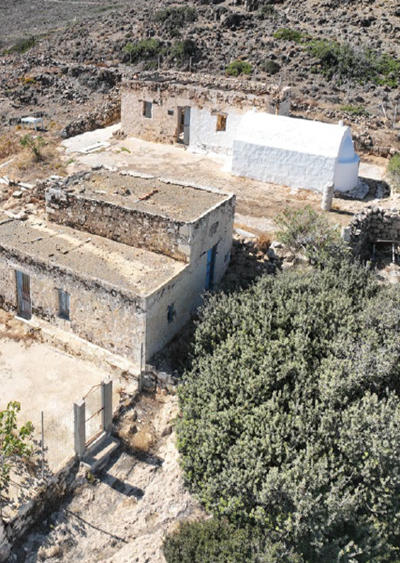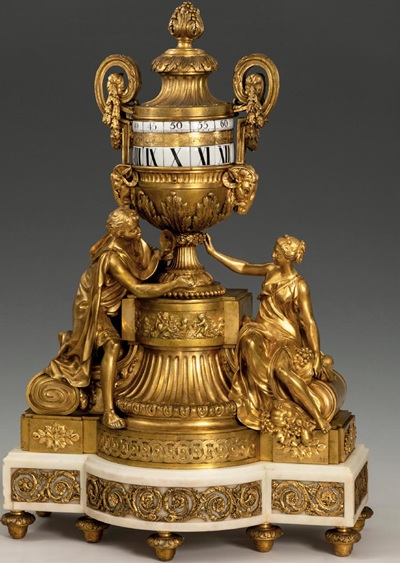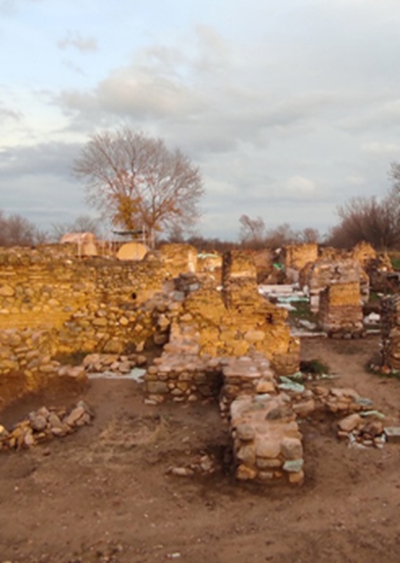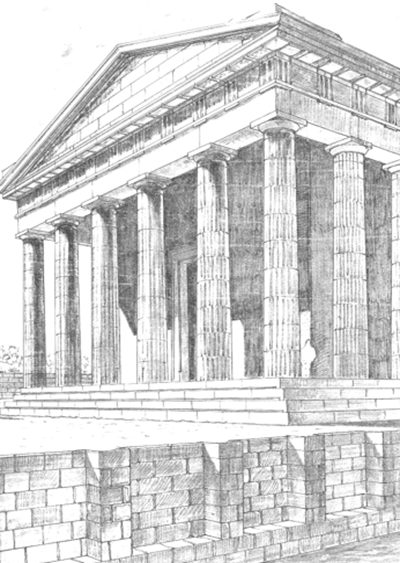
The Ministry of Culture is launching the protection, maintenance, restoration and promotion of the Sanctuary of Avlidia Artemis in Evia, which will allow the archaeological site to be open to visitors. Avlida, known from the Trojan War and the sacrifice of Iphigenia, the daughter of Agamemnon, the leader of the Greeks, is located on the Boeotian coast, in the southern Evian Gulf, opposite the source of Arethousa.
The ancient remains are divided into three monumental units. The architectural remains of the temple and the bath complex correspond to monumental unit 1, which, according to the study, is the focus of the restoration and renovation programme. The temple is the central reference monument of the archaeological site and its restoration is therefore a priority. The shifting of the road through the antiquities creates the context for the monument’s enhancement. In monumental unit 2, there are preserved ruins of a complex of auxiliary buildings of the sanctuary, which are being preserved. Monumental unit 3 includes an underground shaft-shaped structure that has been interpreted as the sanctuary’s Sacred Fountain.
The archaeological research carried out between 1956 and 1962, illuminated the myth of Iphigenia and the cult of Artemis, as a temple building of the 5th century BC was discovered, which was identified with the sanctuary of Artemis of Aulis. It is an elongated apterous temple, which has undergone at least two alterations. Around the temple, the Holy Fountain, buildings that served the function of the sanctuary and have been interpreted as guesthouses and pottery workshops, as well as an ancient road leading from the harbour to the bay of Mikro Vathos to the site of the sanctuary have also been found. To the east of the sanctuary, a rocky hill called Nisi or Vesalas dominates, where a fortification of cyclopean masonry probably of the Mycenaean period is preserved, while to the north-west of the sanctuary rises the Great Mountain, on top of which there is a fortified acropolis of the 4th century BC. This is where the wall of Aniforitis ended, which essentially served as a border line between Euboea and Boeotia, aiming to control any hostile movement from Boeotia to Evia and the strategically important strait of Euripus.







Leave A Comment